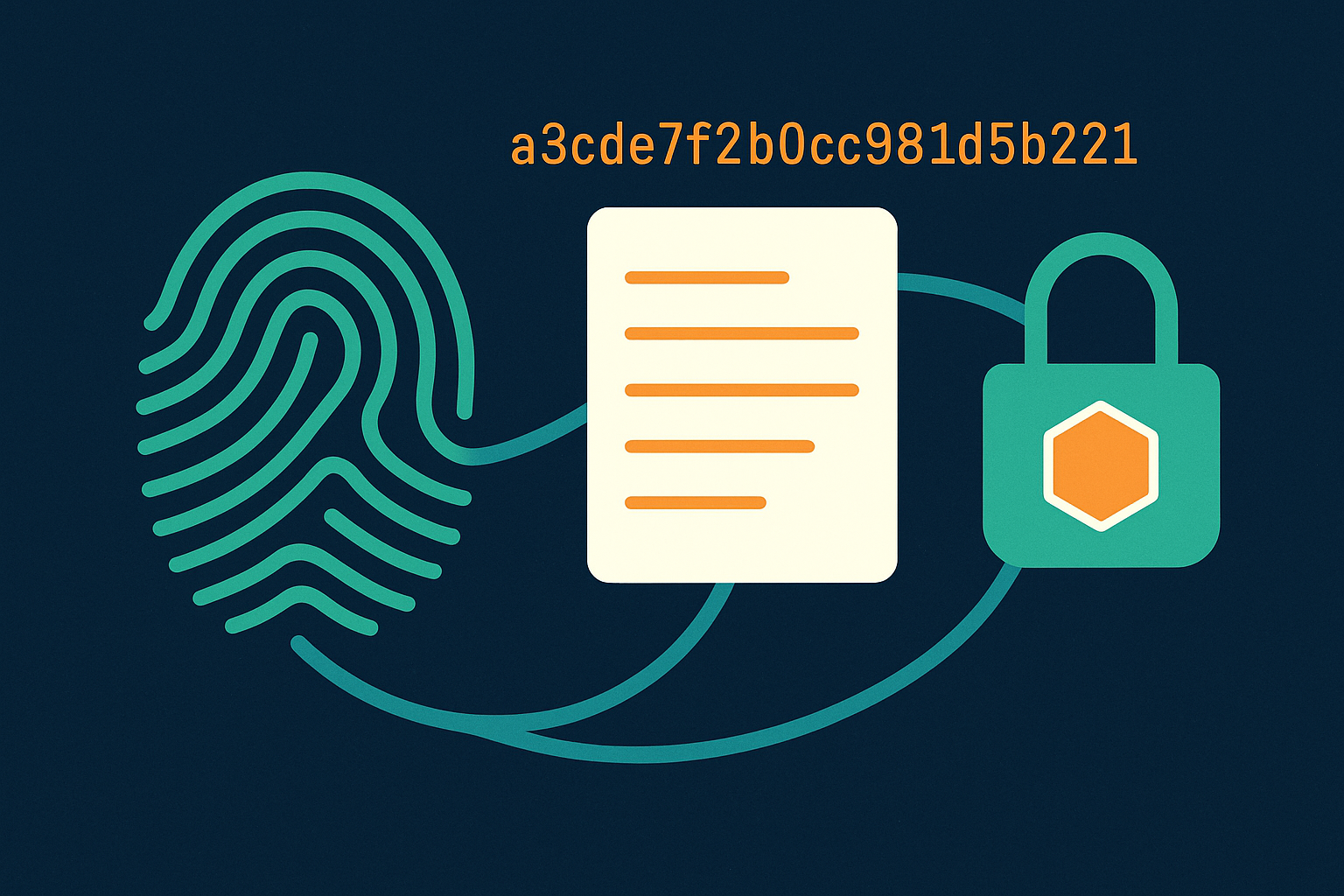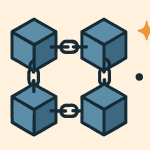If you’re new to the world of crypto or computer security, you may have heard the term “hash function.” It might sound technical, but don’t worry — it’s easy to understand with simple examples.
In this beginner-friendly guide, we’ll explain what a hash function is, how it works, and why it’s so important in blockchain and digital security.
Contents
What Is a Hash Function?
A hash function is a tool that takes any kind of input (like a word, a file, or a transaction) and turns it into a fixed-length string of characters — usually a long mix of letters and numbers.
Think of it like a blender for data:
-
You put something in (your input)
-
It gets mixed up (processed)
-
You get a unique result (the hash)
For example:
Input: Hello
Output (hash): 185f8db32271fe25f561a6fc938b2e264306ec304eda518007d1764826381969
Every time you put in the same input, you get the exact same hash.
Key Features of a Hash Function
Here are the main traits that make hash functions so powerful:
✅ 1. Fixed Output Size
No matter how big or small the input is, the hash is always the same length.
✅ 2. One-Way Function
You can easily turn data into a hash, but you cannot go backward. It’s nearly impossible to guess the original input from the hash.
✅ 3. Unique Output
If you change just one tiny part of the input, the hash changes completely.
Example:
-
Input:
hello→ Hash:2cf24dba5fb0a30e26e83b2ac5b9e29e1b161e5c1fa7425e73043362938b9824 -
Input:
Hello→ Hash:185f8db32271fe25f561a6fc938b2e264306ec304eda518007d1764826381969
One capital letter changed — and the entire hash is different.
Why Are Hash Functions Important?
Hash functions are used everywhere in technology. In crypto and blockchain, they help with:
🔒 Security
They help protect passwords, files, and private data by hiding it with a hash.
⛓ Blockchain
Each block in a blockchain includes a hash of the previous block. This links all blocks together and keeps the chain secure.
✅ Data Integrity
You can use hashes to check if data has been changed. If the hash stays the same, the data hasn’t been touched.
🧾 Digital Signatures
Hashes help verify that messages and transactions are real and haven’t been changed.
Hash Functions in Cryptocurrency
In crypto, hash functions are everywhere. Here’s how they’re used:
1. Mining
Bitcoin mining involves solving a puzzle based on a hash. Miners try many inputs until they find one that produces a valid hash.
2. Wallet Addresses
Wallet addresses are often created using hash functions. This makes them secure and unique.
3. Transactions
Every crypto transaction is hashed. This helps verify the transaction and link it to the blockchain.
Popular Hash Functions
Some well-known hash functions include:
-
SHA-256 – Used in Bitcoin and many blockchain systems.
-
SHA-3 – A newer, more advanced hash algorithm.
-
MD5 and SHA-1 – Older hash functions (less secure today).
Bitcoin, for example, uses SHA-256, which creates hashes that are 64 characters long.
Can Hashes Be Hacked?
In theory, it’s possible — but in practice, it’s nearly impossible.
To reverse a hash or find a matching input, you’d need to try billions or trillions of combinations. It would take computers millions of years.
That’s why hash functions are considered very secure.
Everyday Examples of Hash Functions
Even outside of crypto, hash functions are used daily:
-
Checking downloads: Make sure your file wasn’t changed
-
Password storage: Websites store password hashes, not real passwords
-
File comparison: Quick way to check if two files are the same
-
Blockchain: Core of every block and transaction
Final Thoughts
A hash function is a smart way to turn any data into a secure, fixed-length code. It’s a key part of how blockchain, crypto, and digital security work.
Even though it works behind the scenes, a hash function helps keep your information safe, your transactions honest, and your crypto protected.
Now that you understand what a hash function is, you’re one step closer to mastering how blockchain technology works!




